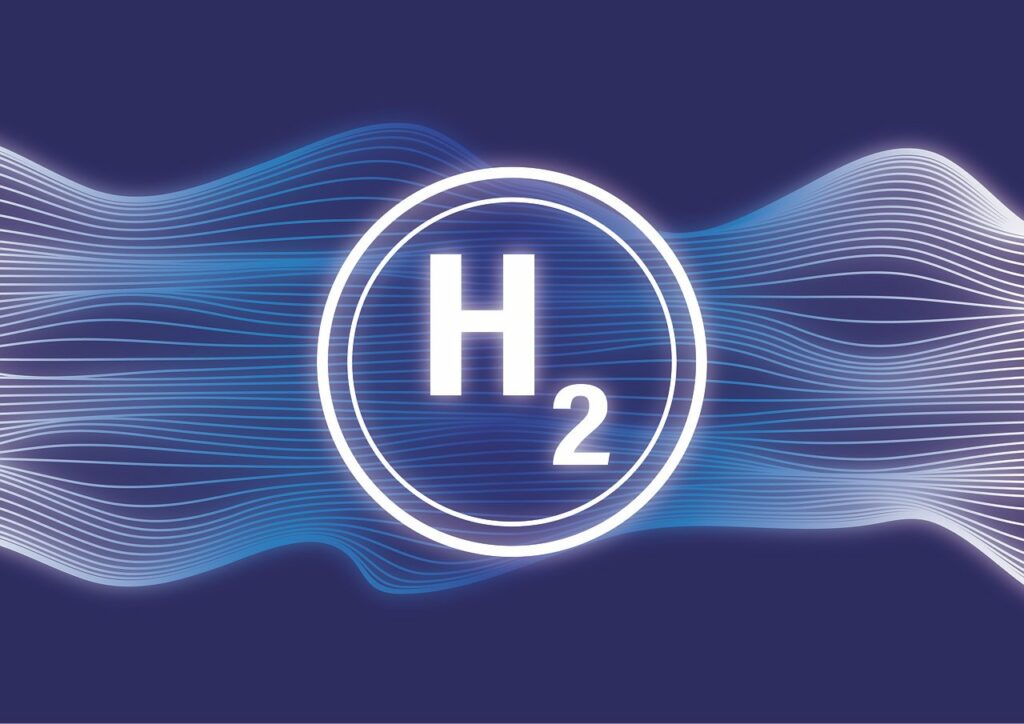South Korea’s latest move to expand green hydrogen production arrives at a time when global electrolyzer deployment is surging, growing more than 400% between 2022 and 2024, according to IEA data.
With major suppliers in China and Europe setting aggressive cost-reduction trajectories, Seoul is turning to pilot-scale projects and targeted funding to strengthen its domestic position in an increasingly competitive market.
Government ministries have begun rolling out plans for several green hydrogen pilot sites designed to integrate local electrolysis systems into real-world operating conditions. While the announcement does not specify total installed capacity across all pilots, the initiative signals a shift toward field validation rather than lab-based development. This comes as global buyers increasingly demand certified, reliable, and cost-efficient electrolysis equipment for long-term offtake contracts.
A central component of South Korea’s strategy is new funding aimed at advancing domestic electrolyzer technology—an area where the country currently lags behind leading manufacturers in terms of both capacity scale and cost structure. China’s alkaline electrolyzers, for example, are expected to fall below USD 200/kW by 2025, while European PEM systems continue to secure multi-gigawatt orders tied to industrial hydrogen hubs. South Korean firms have yet to demonstrate similar cost-competitiveness at scale, a challenge acknowledged by policymakers pushing for accelerated R&D cycles.
The pilots will allow local companies to test stack durability, variable-load performance under renewable power, and system efficiency metrics—parameters that remain central to electrolyzer bankability. Developers have emphasized that domestic technology must meet international benchmarks on degradation rates, balance-of-plant integration, and operational flexibility, especially as Korea targets increasing shares of variable renewables in its hydrogen value chain.
Another driver behind the government’s initiative is the need to address supply-chain exposure. Korea currently imports the majority of its hydrogen production equipment, a vulnerability that becomes more pronounced as national hydrogen demand grows. The country’s hydrogen roadmap envisions green hydrogen playing a larger role in decarbonizing power generation, industry, and mobility—but only if production costs can be reduced and equipment supply secured.
By supporting both early-stage technology development and deployment-scale pilots, Korean officials aim to create a feedback loop where operational data feeds directly into domestic manufacturing improvements. Industry observers note that this approach mirrors strategies used in offshore wind and batteries, sectors where South Korea built global competitiveness through incremental pilot-to-commercial scaling rather than rapid, large-volume rollouts.
Whether the new funding will be sufficient to close the cost and performance gap remains uncertain. Electrolyzer markets are consolidating around players capable of delivering multi-hundred-megawatt systems at compressed timelines, and Korea’s domestic suppliers face steep competition. Still, the pilot projects provide a platform to validate technology, secure early deployments, and position South Korean manufacturers within future export markets—especially as Asia-Pacific demand for green hydrogen accelerates.
Stay updated on the latest in energy! Follow us on LinkedIn, Facebook, and X for real-time news and insights. Don’t miss out on exclusive interviews and webinars—subscribe to our YouTube channel today! Join our community and be part of the conversation shaping the future of energy.





